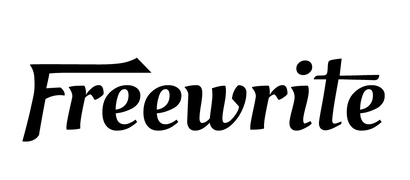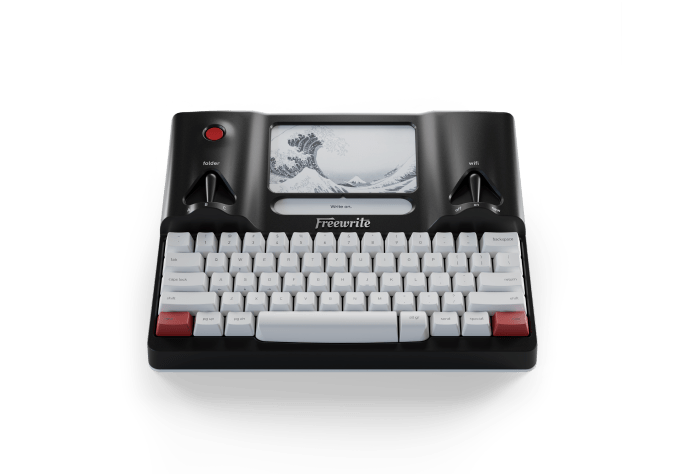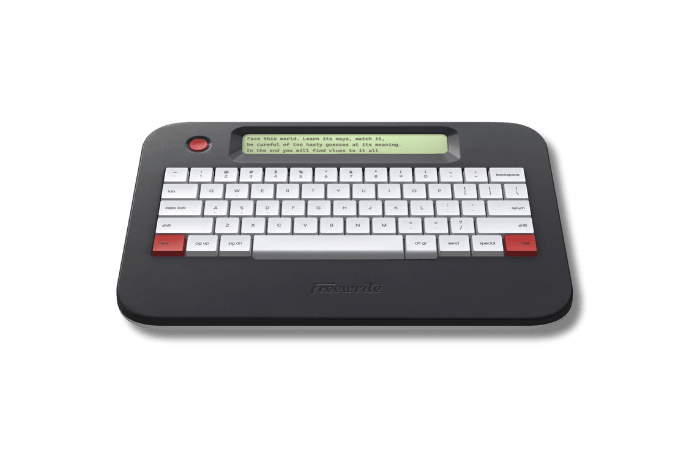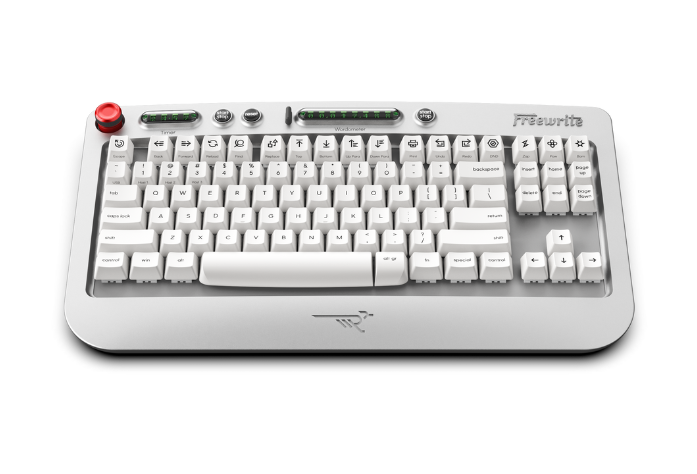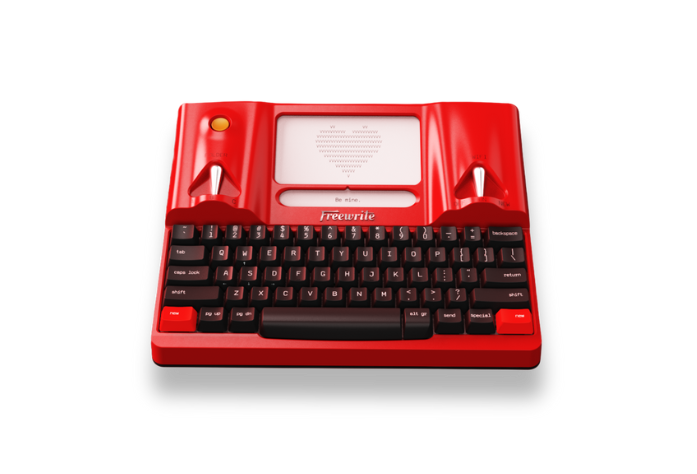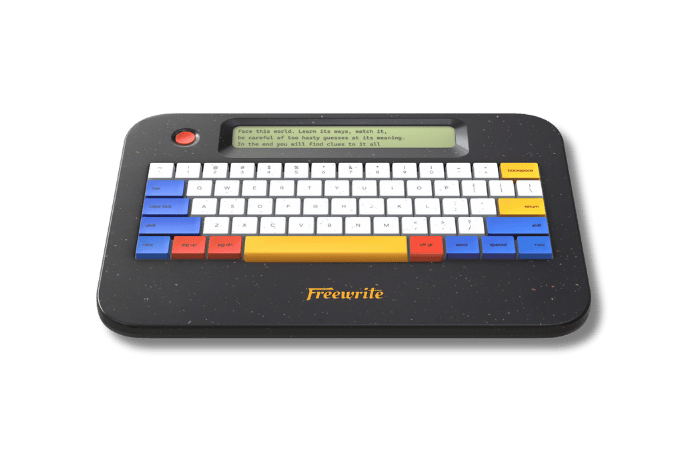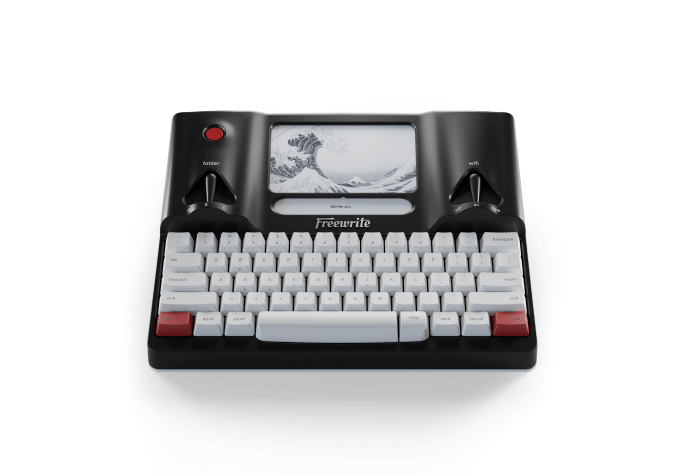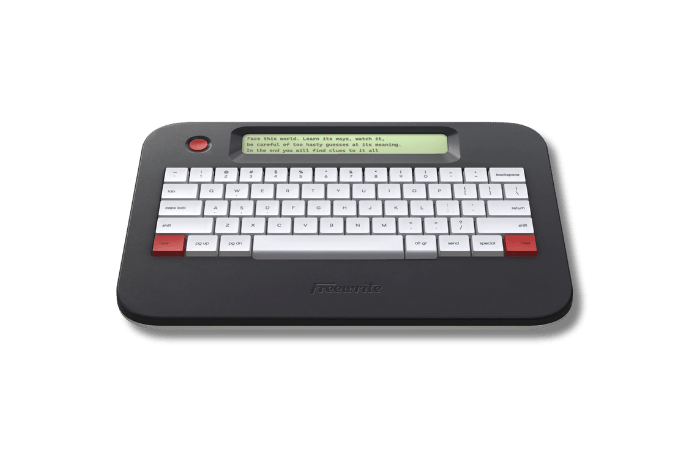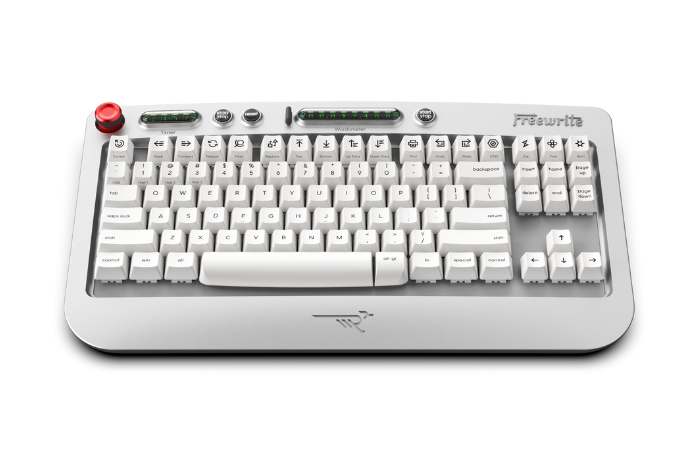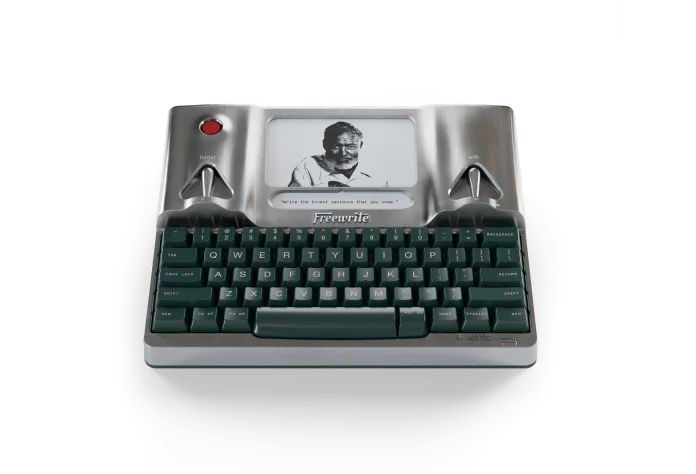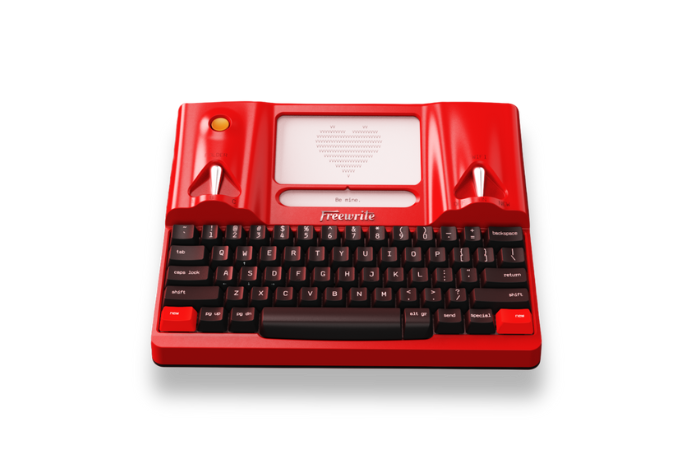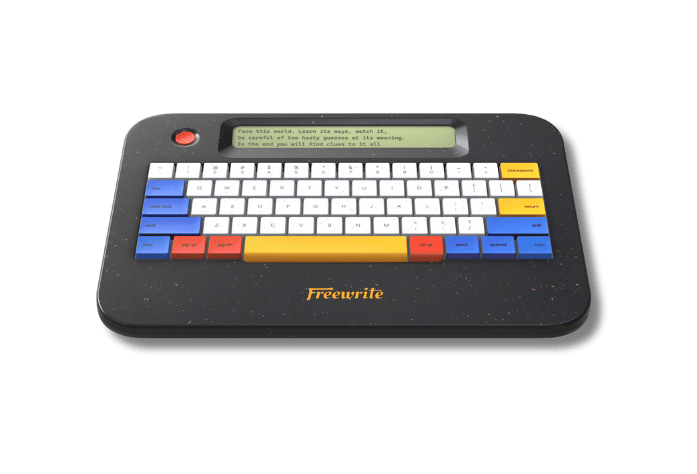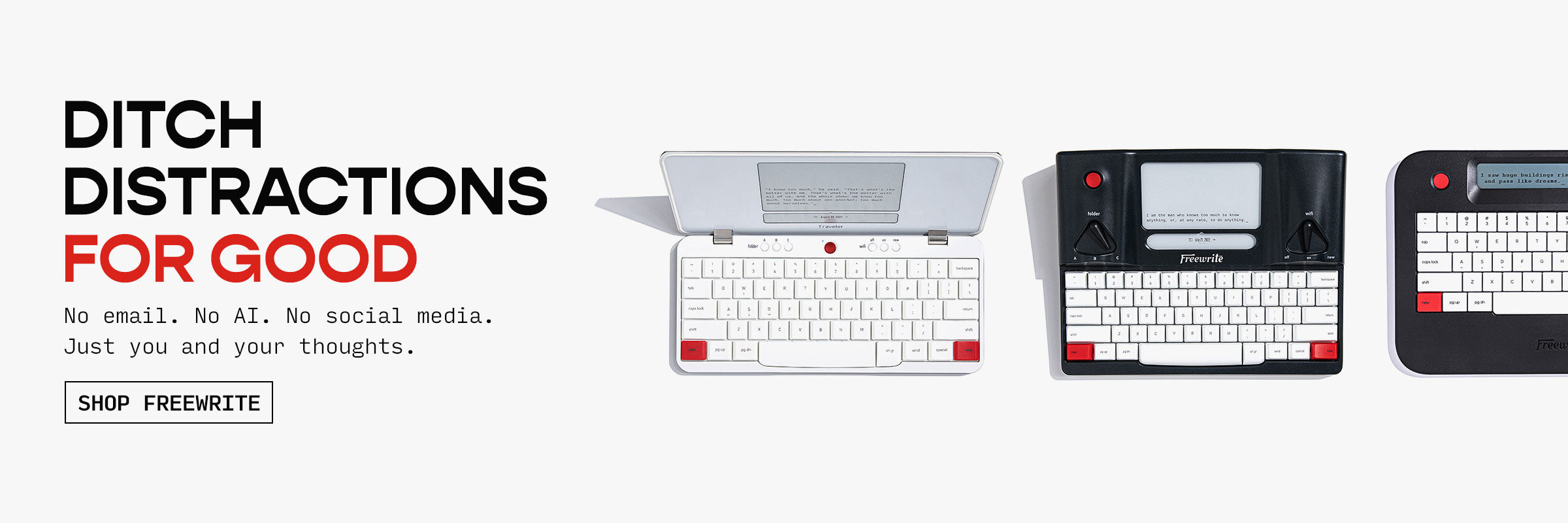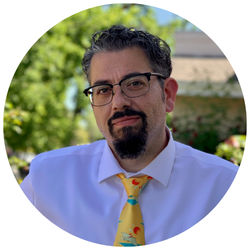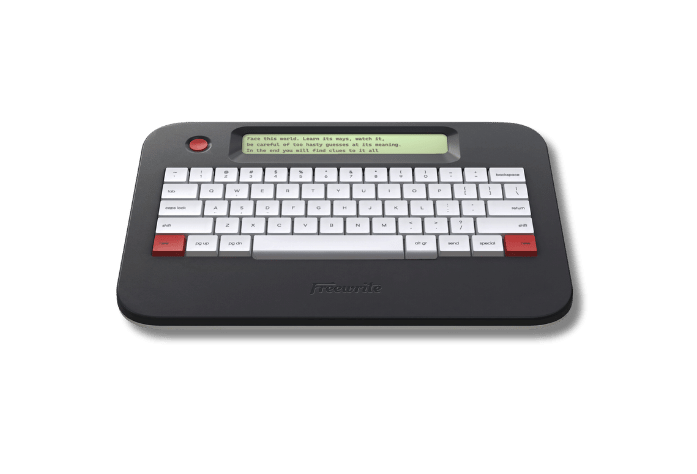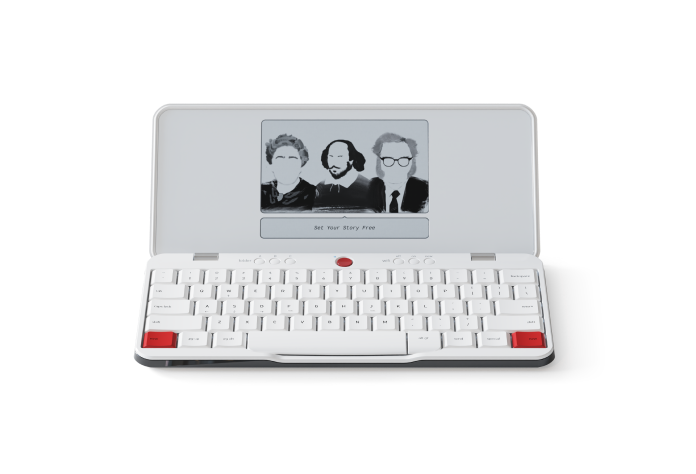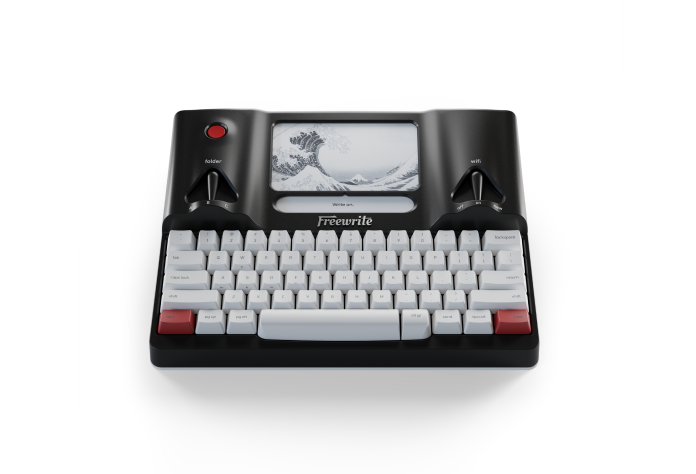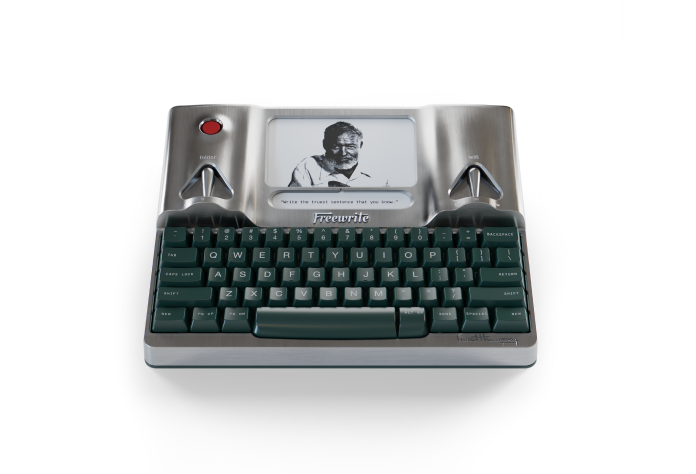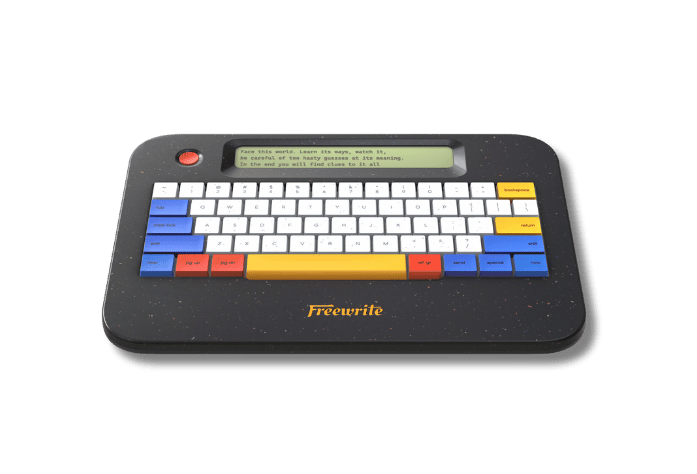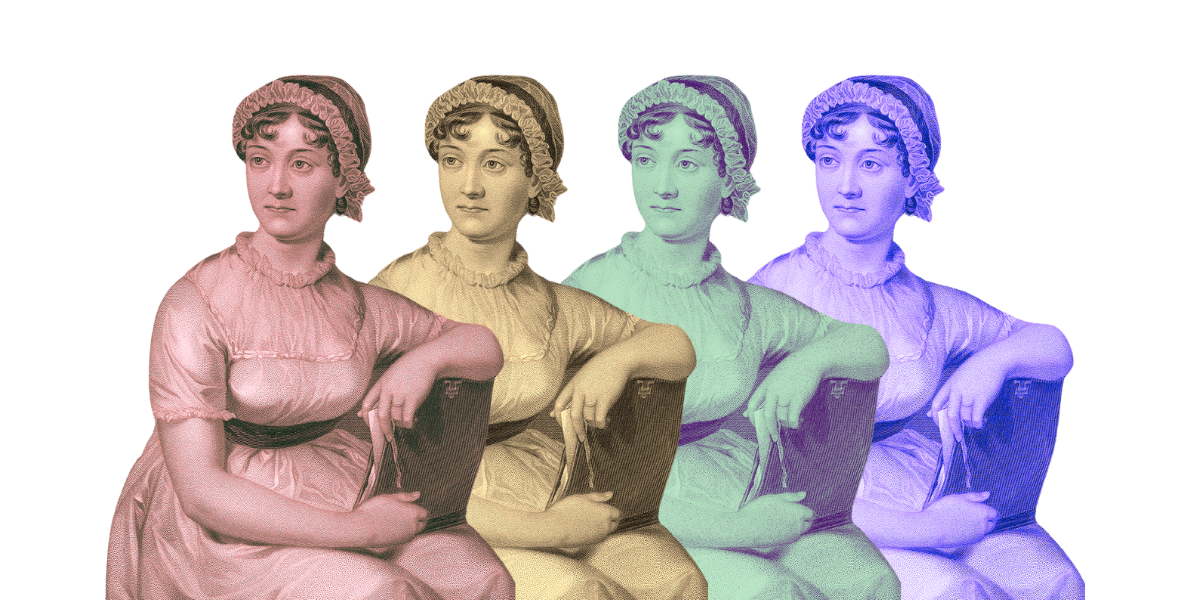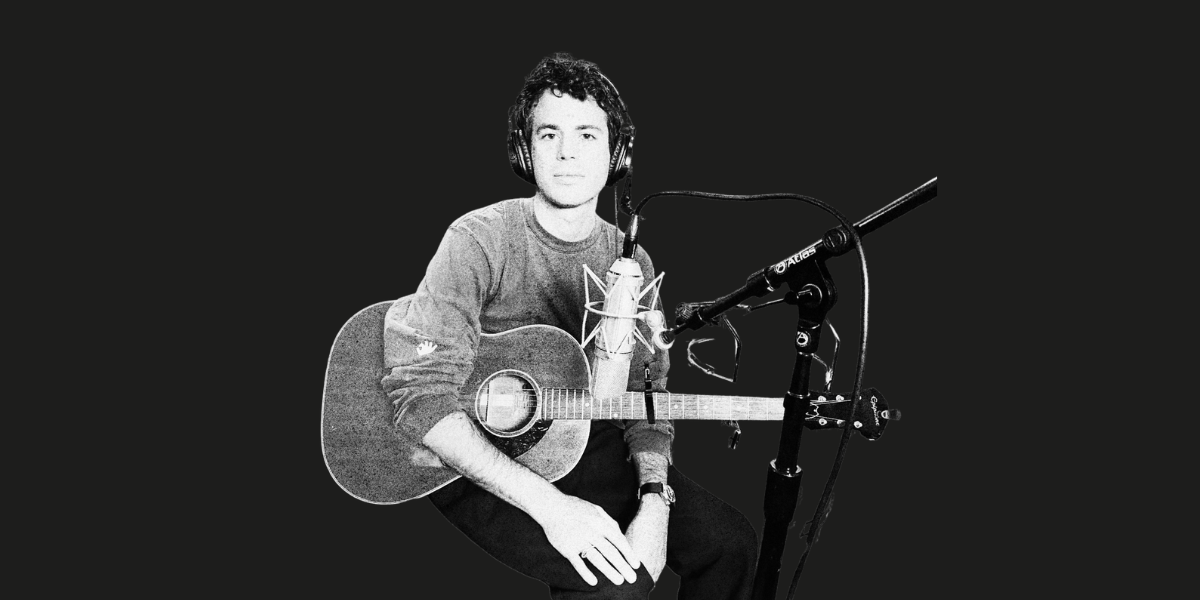Doy mucha docencia. Enseño para Writer's Digest y la universidad en línea de Script Magazine , en educación continua en la Universidad de Utah y en congresos por todo el país. Una de las cosas que he aprendido en mi docencia es que la mejor manera de que la gente mejore su escritura es empezar simplemente por animarles a escribir .
Escribir puede ser difícil, y nos obsesionamos con lo difícil que es. Buscamos una musa externa que nos dé un poco de inspiración antes de empezar. Otras veces, la mente se queda en blanco mientras contemplamos una página en blanco y un cursor parpadeante. Incluso podríamos pensar que tenemos un bloqueo de escritor y que necesitamos relajarnos y hacer otra cosa, aunque el escritor Brian K. Vaughn lo llama "solo otra palabra para los videojuegos".
La claridad en la escritura también tiene sus propias capas. Escuchamos mucho que escribir es reescribir. Primero, necesitamos tener una idea inicial. Luego, necesitamos plasmarla en la página de forma que la gente la entienda. Necesitamos una gramática y una puntuación correctas, elegir las palabras y las imágenes correctas, y ordenar todo correctamente. En esencia, lo que hacemos es crear un manual de telepatía mental para transmitir ideas con claridad de nuestra cabeza a la del lector. ¡Es alquimia!
Entonces, ¿cómo logramos que ese grifo fluya para que podamos pronunciar esas palabras?

Es una pregunta muy vieja, ¿verdad?
Steven Mintz, profesor de historia de la Universidad de Texas en Austin, postula que «escribir es pensar», y debemos dejar que nuestra mente nos lleve adonde quiera ir y plasmarlo en la página sin dejarnos llevar por la timidez de saber que estas palabras que escribimos podrían estar grabadas en piedra. Stephen King dijo que deberíamos escribir con la puerta cerrada, para que nadie pueda ver, y editar con la puerta abierta. Ernest Hemingway abrevió aún más este consejo al sugerir que «escribamos borrachos y editemos sobrios».
La clave de este método reside en desconectar las partes críticas del cerebro y dejar que las palabras fluyan por la página, incluso si son las incorrectas, sin obsesionarse con corregirlas en ese mismo instante. La escritura libre es un término popularizado en 1973 por Peter Elbow , aunque acuñado por el escritor Ken Macrorie . Elbow dirigió el programa de escritura en la Universidad de Massachusetts en Amherst de 1996 a 2000 y sigue siendo profesor emérito de inglés allí. En su libro"Writing Without Teachers" (1973), afirmó:
La edición, en sí misma, no es el problema. La edición suele ser necesaria si queremos obtener algo satisfactorio. El problema es que la edición se realiza al mismo tiempo que la producción... Lo principal de la escritura libre es que no implica edición... Practicada con regularidad, deshace el hábito arraigado de editar al mismo tiempo que se intenta producir. Hará que escribir sea menos bloqueado porque las palabras fluirán con más facilidad...
Elbow describió la escritura libre como "escribir algo y meterlo en una botella en el mar". ¿Qué pasaría si cada sesión de escritura fuera igual? Incluso si tienes un proyecto pendiente con un editor o profesor, haz ese primer borrador solo para ti.
Entonces, ¿cómo se escribe libremente?
Es sencillo. Simplemente deja que tu mente divague y escribe cada palabra que te venga a la cabeza en el orden en que aparece. No importa si está conectada o no. No importa si tiene sentido. Haz esto durante diez minutos. Elbow sugiere empezar con diez y llegar a quince o veinte a medida que coges el ritmo. Es como preparar la bomba para que el agua fluya.

Por supuesto, este concepto no surgió con Elbow en 1973. Ha existido de una forma u otra mucho antes.
Ernest Hemingway solía escribir sus cartas antes de su jornada laboral escribiendo prosa, cuando afilaba lápices en platillos de taza y escribía en sus cuadernos Moleskine en París hace cien años. Las cartas despejaban las palabras que resonaban en su mente y le permitían escribir posteriormente esa "única frase verdadera" que siempre perseguía.
Del mismo modo, puedes empezar una sesión de escritura escribiendo libremente sobre tu día o directamente a escribir libremente tu novela u otra tarea, sobre el tema que prefieras. La escritura libre para la ficción funciona igual que la escritura libre para tus pensamientos y sentimientos personales. Simplemente deja que fluyan los pensamientos.
Y esta técnica no se limita a ideas ya desarrolladas. En ese mismo artículo sobre escritura, Steven Mintz explicó que «escribir no es solo cómo expresamos nuestras ideas; es cómo las desarrollamos». Y es cierto. Si estoy explorando la tesis de un artículo o una columna que estoy escribiendo, este es el mismo proceso que utilizo para perfeccionar esa idea, darle forma a mi tesis y comprender mejor lo que intento decir.
Cuando me siento con mis alumnos, este suele ser el ejercicio con el que empezamos la clase. La escritura libre libera todas esas ideas. También es mi forma de empezar cada mañana, para entrar en ritmo y dar forma a las ideas que voy a abordar ese día. Es muy eficaz y me ayuda a concentrarme en las ideas que me dan vueltas en la cabeza. Y cuando se lo planteo a mis alumnos, todos comentan que la práctica les ayuda a encontrar su creatividad más rápido y a controlar el bloqueo del escritor con mayor facilidad.
Pruébalo. Te sorprenderá lo rápido que esta práctica puede mejorar tu escritura en cualquier medio. Solo tienes que pensar directamente en la página, lo cual es mucho más fácil de lo que siempre recomendaba el sangriento Hemingway, aunque eso también ocurrirá si escribes con la suficiente honestidad.
